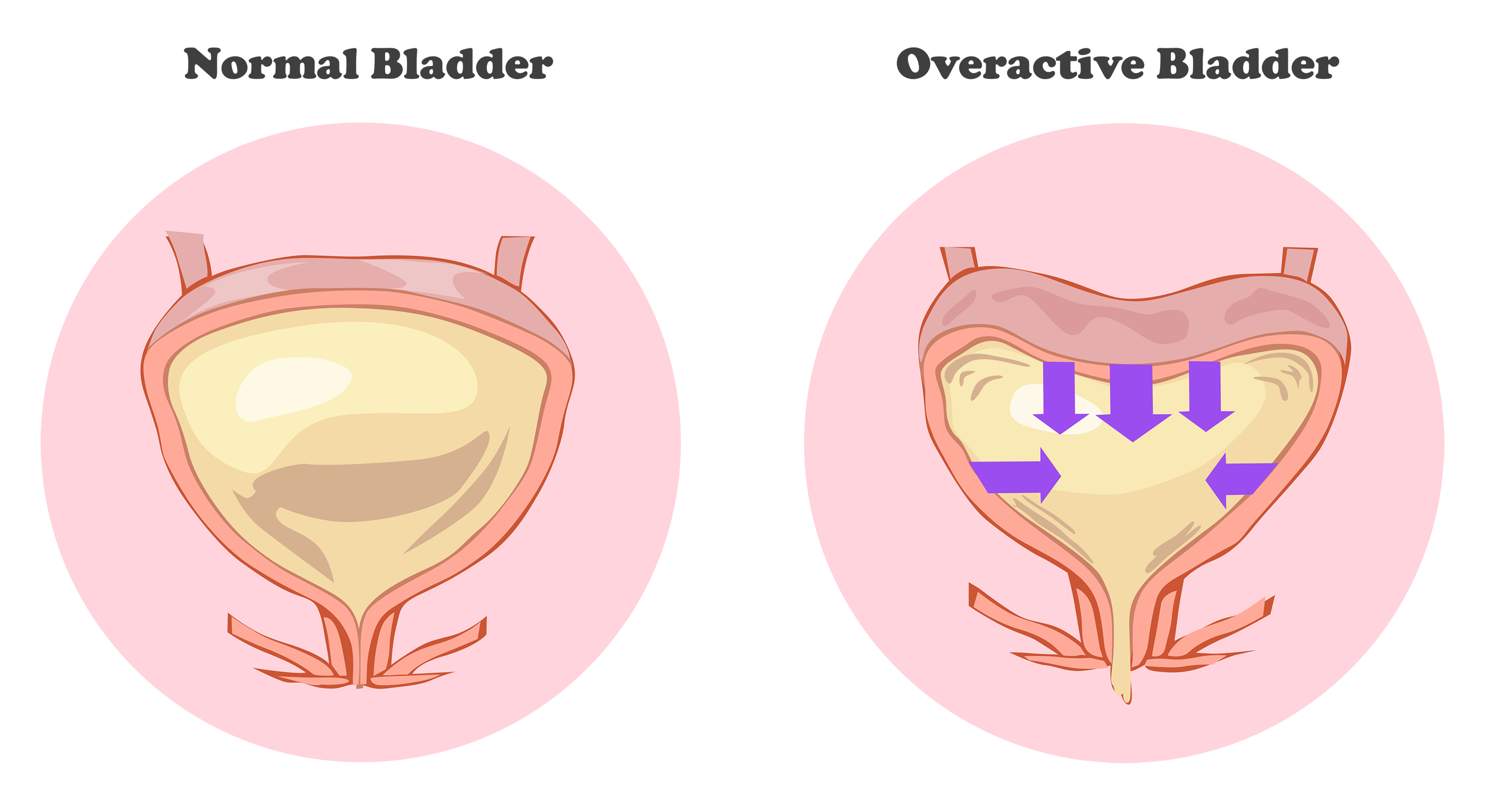
Thus, Barrington’s nucleus is pivotal in the voiding reflex and is part of the minimal spino-bulbospinal circuit that generates autonomous voids and is believed to be the pre-parasympathetic control centre. Functional imaging studies in humans ( Blok et al., 1997 Nour, 2000) and rats Tai et al., 2009 found activity in the dorsal pons during voiding. Electrical or chemical stimulation of Barrington’s nucleus induces bladder contraction ( Holstege et al., 1986 Noto et al., 1989 Mallory et al., 1991 Sasaki and Sato, 2013). Similarly, co-ordinated voiding is seen under anaesthesia ( Pavcovich and Valentino, 1995 Hou et al., 2016 Ito et al., 2017 Keller et al., 2018 Verstegen et al., 2019) when the contextual element of volitional voiding is removed. In contrast, supra-collicular decerebration or transection of PAG does not stop micturition in cats, rats or mice ( Takasaki et al., 2010 Sadananda et al., 2011 Ito et al., 2018). Lesions of Barrington’s nucleus ( Barrington, 1925) or acute transection of the pons abolishes micturition ( De Groat, 1975 Sadananda et al., 2011).

When the bladder is full, a threshold is reached and a neural command to void is relayed from Barrington’s nucleus to the lumbosacral parasympathetic neurons and urethral sphincter motoneurons. The synaptic drive from these centres is relayed to Barrington’s nucleus which appears to be a key command point for micturition ( Valentino et al., 1994 Hou et al., 2016 Verstegen et al., 2019). The prevailing concept of the neural control of micturition is that afferent information from the bladder is conveyed via the spinal cord to the brainstem and periaqueductal gray (PAG) in the midbrain where it is integrated with information from higher centres such as hypothalamus and cortex ( Blok and Holstege, 1997 Shefchyk, 2001 Drake et al., 2010 de Groat and Wickens, 2013). Barrington’s nucleus, also known as the pontine micturition centre, is a key site for the control of urination ( Barrington, 1925). Disorders of autonomous micturition (resulting in involuntary voiding) are seen in overactive bladder syndrome, enuresis and following frontal lobe lesions ( Drake et al., 2010 Banakhar et al., 2012 Nevéus, 2017). The power of the autonomous drive is illustrated by the challenge faced by anyone ‘caught short’ away from a socially acceptable location for urination. Like breathing, this involves precisely co-ordinated autonomic (parasympathetic and sympathetic) and somatic motor drives and has both voluntary and autonomous (involuntary) control mechanisms. The regulated production, storage and elimination of liquid waste as urine (micturition) plays a critical homeostatic role in maintaining the health of organisms. These findings inform a new inferential model of autonomous micturition and emphasise the importance of the state of the spinal gating circuit in the generation of voiding. CRH itself provides negative feedback regulation of this process. Combined opto- and chemo-genetic manipulations along with multisite extracellular recordings in urethane anaesthetised CRH Cre mice show that Barr CRH neurons provide a probabilistic drive that generates co-ordinated voids or non-voiding contractions depending on the phase of the micturition cycle. Barr CRH neurons can generate bladder contractions, but it is unknown whether they act as a simple switch or provide a high-fidelity pre-parasympathetic motor drive and whether their activation can actually trigger voids.

Ponto-spinal glutamatergic neurons that express corticotrophin-releasing hormone (CRH) form one of the largest Barr cell populations. This involves a spino-bulbospinal control circuit incorporating Barrington’s nucleus in the pons (Barr). Micturition requires precise control of bladder and urethral sphincter via parasympathetic, sympathetic and somatic motoneurons.


 0 kommentar(er)
0 kommentar(er)
